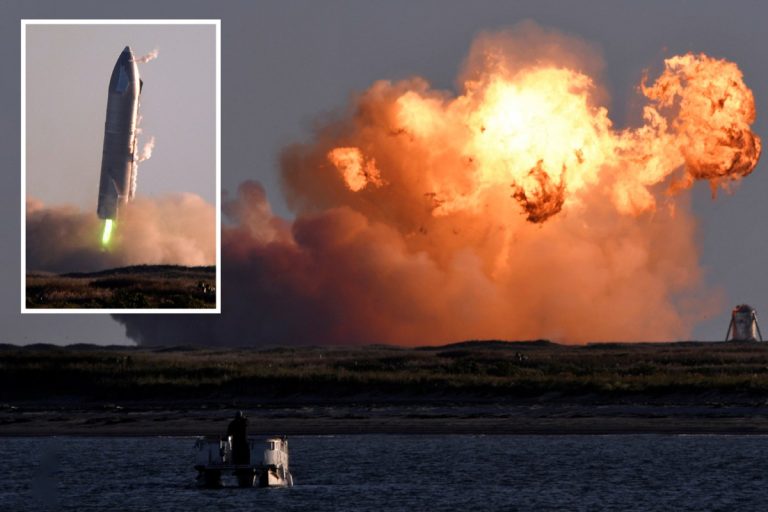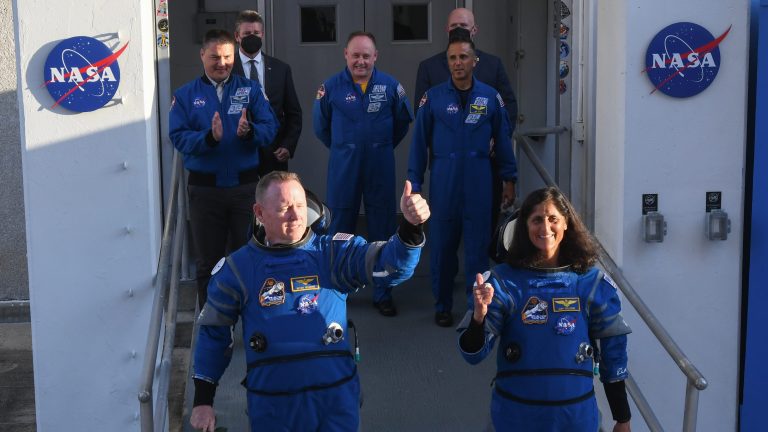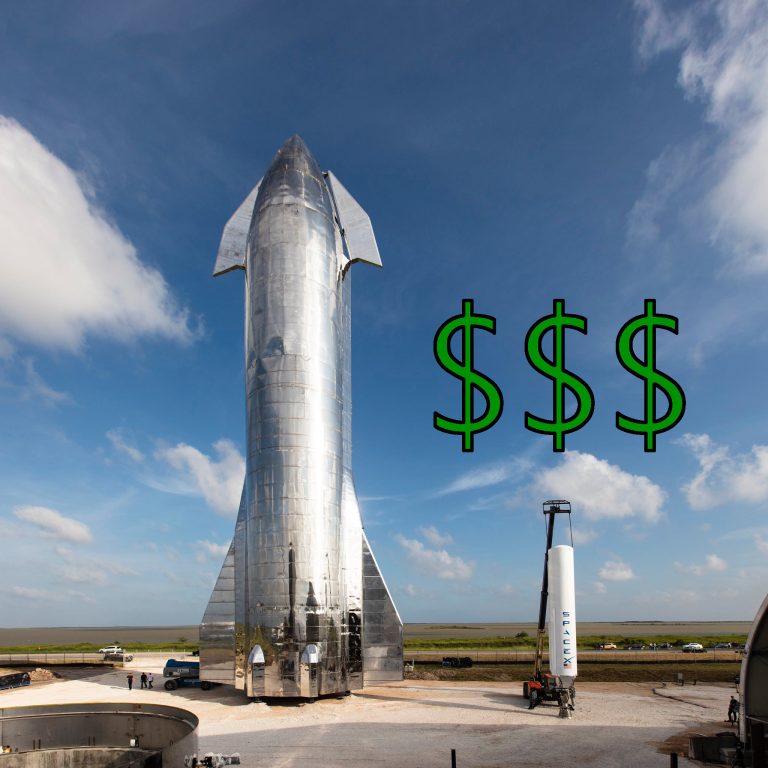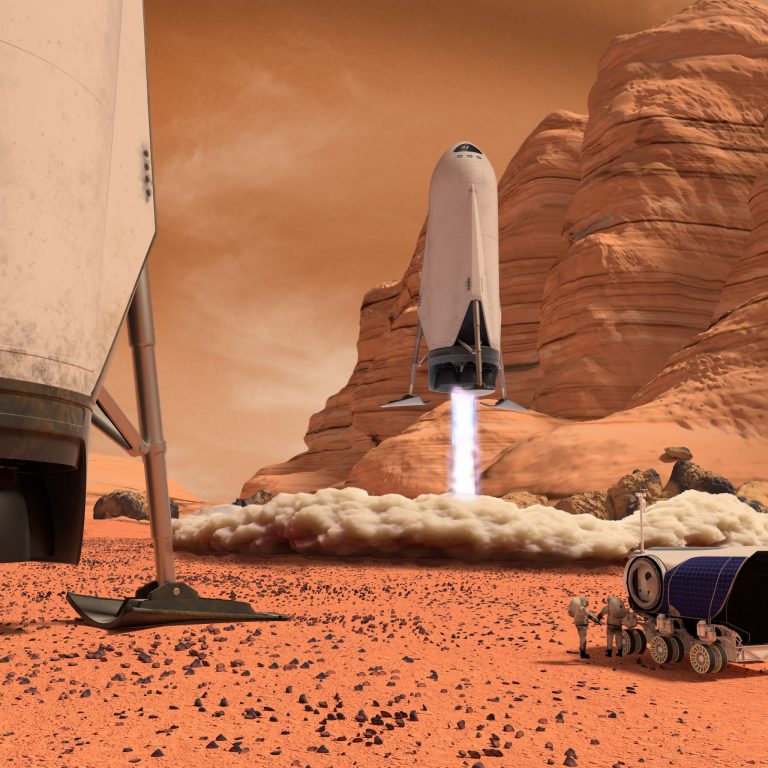Starliner’s Success is A Cause for SpaceX Scrutiny

The upcoming launch of Boeing’s Starliner spacecraft has singlehandedly reignited the public’s fascination with space travel, but more importantly, it throws a spotlight on the shortcomings of its competitor, SpaceX. While both companies were awarded contracts by NASA’s Commercial Crew Program, SpaceX has undeniably stolen the show with its Crew Dragon capsule. The Crew Dragon has been ferrying astronauts to and from the International Space Station (ISS) since 2020, racking up a commendable safety record and garnering significant media attention for its eccentric CEO, Elon Musk. However, Boeing’s Starliner program has been plagued by delays and technical glitches, raising concerns about its ability to compete effectively.
This renewed focus on Boeing presents a unique opportunity to critically evaluate SpaceX’s achievements thus far. While there’s no denying the success of the Crew Dragon missions, a closer look reveals a concerning lack of transparency from the company. SpaceX’s rapid development cycle, often driven by Musk’s public pronouncements and deadlines, raises questions about the thoroughness of testing procedures. Furthermore, the cozy relationship between SpaceX and some media outlets has resulted in an uncritical celebration of their progress, neglecting to delve deeper into potential safety risks.
Dr. Amelia Singh, a renowned space policy analyst at the prestigious McCleary Institute for Extraterrestrial Affairs, emphasizes the importance of healthy competition in the private space industry. “A robust rivalry between Boeing and SpaceX pushes both companies to innovate and improve,” she states. “However, this competition should not come at the expense of safety. We need a culture of open communication and rigorous oversight to ensure the continued success of human spaceflight.”
The Starliner program’s struggles serve as a wake-up call for SpaceX. While the Crew Dragon’s performance has been impressive, complacency can be a dangerous pitfall. Boeing’s return to the launchpad compels SpaceX to re-evaluate its priorities, ensuring that their focus remains firmly on crew safety and mission success, not just rapid innovation and headline-grabbing stunts.
Furthermore, the media has a responsibility to provide a more balanced perspective on the private space industry. Uncritical cheerleading for SpaceX does a disservice to the public and undermines public trust in space exploration as a whole. Journalists need to ask tough questions, scrutinize safety protocols, and hold all spacefaring companies accountable for their actions.
The upcoming Starliner launch isn’t just about reigniting public interest in space travel; it’s about fostering a healthy competitive environment that prioritizes safety and transparency. Let this be a turning point where both companies strive for excellence, not just social media dominance, ensuring the continued success of this exciting new era of human space exploration.







